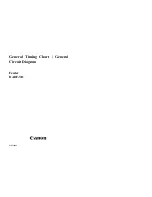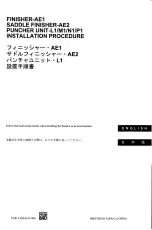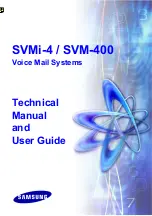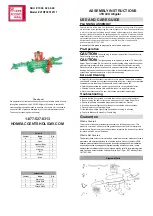
9
The safety wire must also be attached.
First attach the D shaped loop with
velcro to the bike frame. (fig.37.) The
safety line must be kept away from
contact with brake disks. Make sure to
attach the D loop in a position where it
will not affect the wheels or the bike’s
operation. Attach the carabiner to the
D loop, and then check that the trailer
can turn freely. (fig.38.)
To release the trailer from the bike,
detach the safety wire. Then press the
two arms on the quick connector and
pull it from the bracket. (fig.39).
REPLACING THE QUICK
CONNECTOR
The quick connector must be replaced
if the catches are worn down to a
width smaller than 5mm. (fig.40.)
4. SECURING PASSENGERS
Always engage the parking brake
before letting children into or out of
the trailer.
When travelling with only one child,
place the child in the right hand seat
(fig.42) The child must always wear
a helmet when riding in bike trailer
mode.
Adjust the seat belt to the size of the
child. The shoulder straps must be
adjusted to the height of the child’s
shoulder. (fig.43.) To adjust the height
of the shoulder strap, slide the top
buckle up or down according to the
height of the child. (fig.44.)
The length of the seat belt straps can
be adjusted with the buckle beneath
the shoulder pads. Drag the loose
end of the strap to tighten the belt. To
loosen the belt, lift the bottom of the
buckle while pulling the belt. (fig.45.)
DRAWBAR LOAD
To ensure stability during a ride, the
drawbar load onto the bike must be
within the range of 0.1kg - 8kg.
To check the drawbar load, use a scale
placed in the same height as the
connection to the bike. Place the tip
of the drawbar on top of the scale to
measure the load. (fig.41.)
Min. 0.1 kg
Max. 8 kg
6.50
Min.
5mm
37
38
40
41
44
45
42
43
39






























